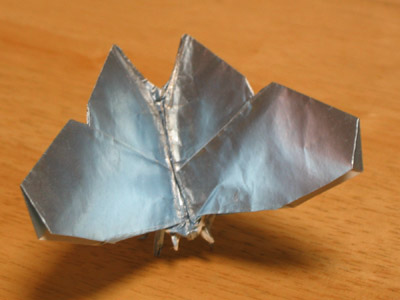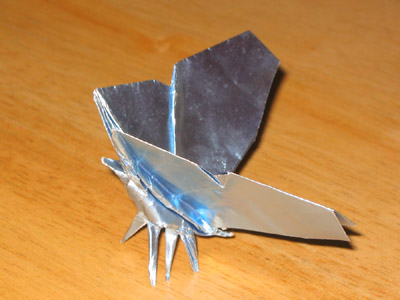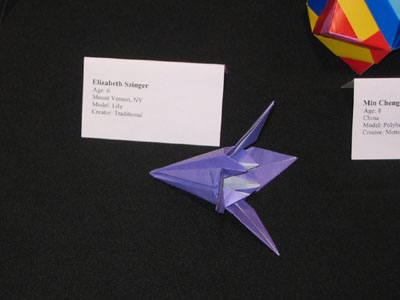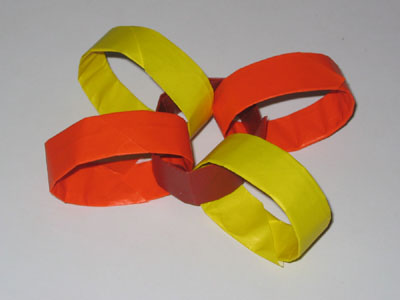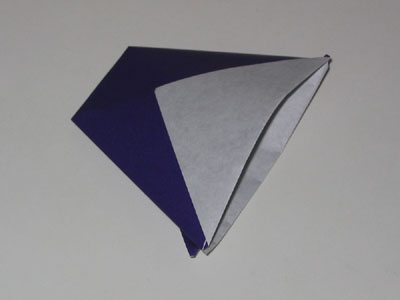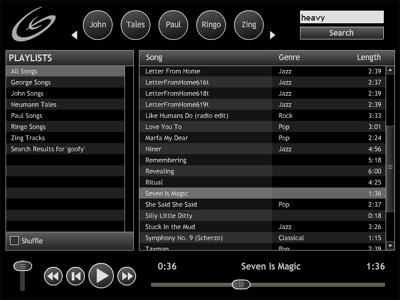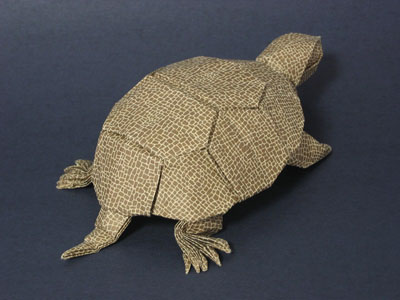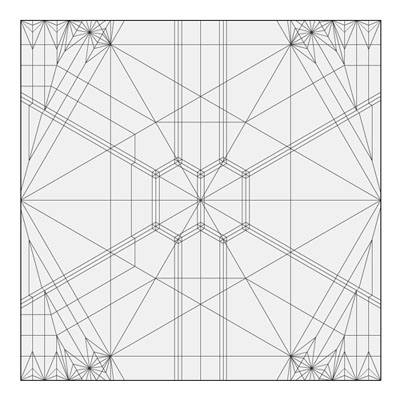A fitting topic for the first day of spring. I had thought I might blog about something else tonight, since origami keeps coming up, and I have been doing other things too, honest. I could say plenty about my new job, but I think I’ll wait until a project goes live. Or I could talk about how I almost made it thru the winter without catching cold this year — until last weekend!
I could talk about my ongoing music work, and how painstaking it is to sequence good drum parts for a jammin’ sounding track. I’ve worked with some really good drummers over the years (you know who you are, Mark, Larry, and Pat), and boy do I miss them. On the other hand, I’m not really set up to mic a drum kit in my little project studio, so it might not come out any good anyway.
I could talk about how I am looking into changing my workout routine, mainly by moving it downstairs. The major reason I’ve been working out upstairs all this time is that I have high ceilings in my living room, and do some exercises where I lift weights over my head. I could do it downstairs, but I’d need to do those sets sitting, which means I need to get a bench. Which has led me to rediscover why I hate shopping along with the fact that modern workout equipment is super-expensive and way more complicated than I need. Like hundreds of dollars just for a bench! When I was in high school I had a bench that came with an exercise machine and I bought the whole system for something like $100. It was really simple, just a board covered with vinyl and foam and some legs. Good for dumbbells and situps. Probably worth $20. I gave it to my brother. I wonder if he still has it…
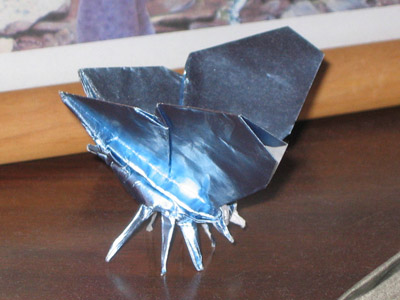
But I’m not going to blog about any of that stuff tonight. Nope, for now the main topic is origami butterflies. I normally don’t do insects, because that branch of origami has evolved into something like speed metal in music, very focused on one particular dimension — developing lots of points. Not to say it isn’t amazing, cuz it is; but it’s not really my thing. But a butterfly seemed like a good subject because it’s more lyrical than your average bug, and I had an idea for an approach. I’ve seen a bunch of really beautiful butterfly designs, notably Michael LaFosse’s, that are great wings but don’t have legs. I’ve seen others that have legs but are a bit to technical, given the subject. Granted some of these models are from the era where any insect at all was pioneering, but hey. So I wanted to something simple and sculptural, but still complex enough to have legs.
I actually came up with the design midway thru last year’s OUSA convention. Every year I seem to come up with one or two new designs, usually manifesting something I’ve been thinking of for a while but hadn’t had the chance to fold yet. I showed it to a bunch of people and the response was great. It’s based on a waterbomb base, with two of the flaps forming the wings and the other two forming the legs. It’s easily doable from a 6″ square, and only the only hard part is 2 closed sinks in a row. The thing I like best about it is it pretty successfully captures the moment of spreading its wings and taking flight.
I’ve been refining the model over time, an last fall I went to the butterfly tent in the American Museum of Natural History. John Montroll had told me that butterflies really only have 4 legs, the front ones are vestigial and you can’t really see them. Shaw ’nuff he was right. Looking at dozens of butterflies, they all looked like they have four legs. So a redesign is in the offing. Ah well.
Still, I’m happy enough with this design that I’m working on full diagrams for it. Every year I try to diagram one model to donate to the OUSA annual collection. I’m not quite done, but I’ll be sure to post it when I’m done. For now, enjoy this pics and the Crease Pattern for the base.
